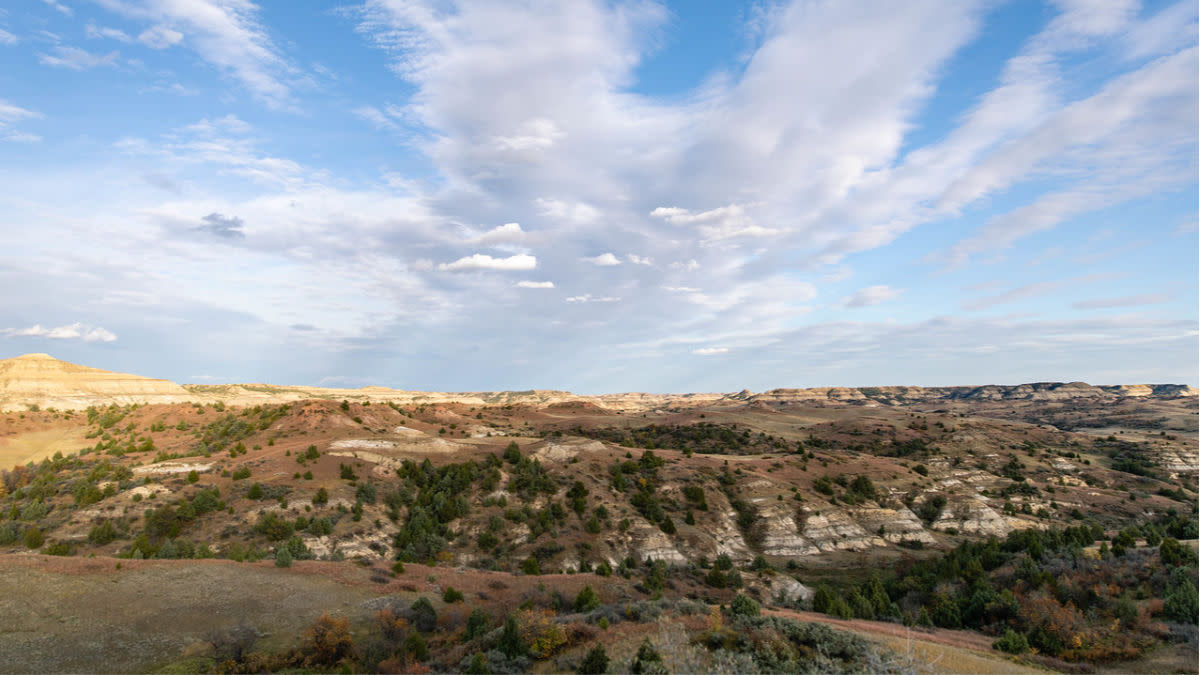President Trump Tweets Support for Fully Funding Land and Water Conservation Fund

President Trump publicly endorsed full and permanent funding for the popular Land and Water Conservation Fund on Tuesday. We can only assume this comes in the wake of the MeatEater crew attending a LWCF rally in Bozeman a few hours before. The LWCF takes royalties from offshore oil and gas drilling to invest in public parks, playgrounds, and access to public lands.
From the president’s Twitter feed: “I am calling on Congress to send me a Bill that fully and permanently funds the LWCF and restores our National Parks. When I sign it into law, it will be HISTORIC for our beautiful public lands. ALL thanks to @SenCoryGardner and @SteveDaines, two GREAT Conservative Leaders!”
Today, Sens. Gardner (R-CO) and Daines (R-MT) joined with Joe Manchin (D-WV), Mark Warner (D-VA), Martin Heinrich (D-NM) and other senators to in a press conference to announce a bipartisan agreement to fully and permanently fund the LWCF. Soon-to-be-announced legislation is also likely to provide $1.3 billion annually to address the $12 billion maintenance backlog on lands managed by the National Park Service, as well as other conservationist priorities.
“Right now, we have a bipartisan moment,” Sen. Daines said in the press conference, standing beside colleagues from both parties. “Maybe the greatest moment for conservation in 50 or 100 years.”
The Land and Water Conservation Fund passed Congress in 1964 as a “bipartisan commitment to safeguard natural areas, water resources, and our cultural heritage, and to provide recreation opportunities to all Americans,” according the LWCF Coalition. It accrues up to $900 million per year from royalties paid to the federal government by offshore oil and gas drillers to conserve land and water and create public opportunities to enjoy them. That money—none of which comes from taxes—has been used for everything from improving and expanding marquee national parks and wildlife refuges to building inner-city playgrounds and ballfields. Every single individual county in the United States has been a recipient of these funds for one project or another. You can use this neat tool to find LWCF projects near you. For example, here in Montana, more than 70% of the fishing access sites were funded in part by LWCF dollars.
However, only twice in the program’s 56-year history has the full amount been appropriated to fund the intended type of projects. Typically, Congress ends up siphoning off more than 50% of that money for other purposes. In the program’s history, less than half of the accrued money has been spent on conservation, according to the Washington Post. This new legislation, with the president’s blessing, would ensure that all $900 million goes into actual public recreation and access to public lands.
The LWCF reached its 50-year sunset in 2015 and was temporarily reauthorized for three years. It expired again in Sept. 2018 and was allowed to lapse until the passage of the John Dingell Natural Resources Management Act (S. 47) provided permanent reauthorization. It did not, however, dedicate funding. In fact, prior to meeting with Sens. Daines and Gardner this week, the president’s proposed budget for fiscal year 2021 had called for reducing LWCF appropriation by 97%. The conservation community was highly relieved to see Trump’s about-face on this issue.
The press conference held an air of positivity and bipartisanship rarely seen in these divided times. There is great optimism that coming legislation will move quickly from the Senate to the House to the president’s desk for a signature. Sen. Joe Manchin of West Virginia might have said it best: “Politics be damned, let’s just get it done.”



